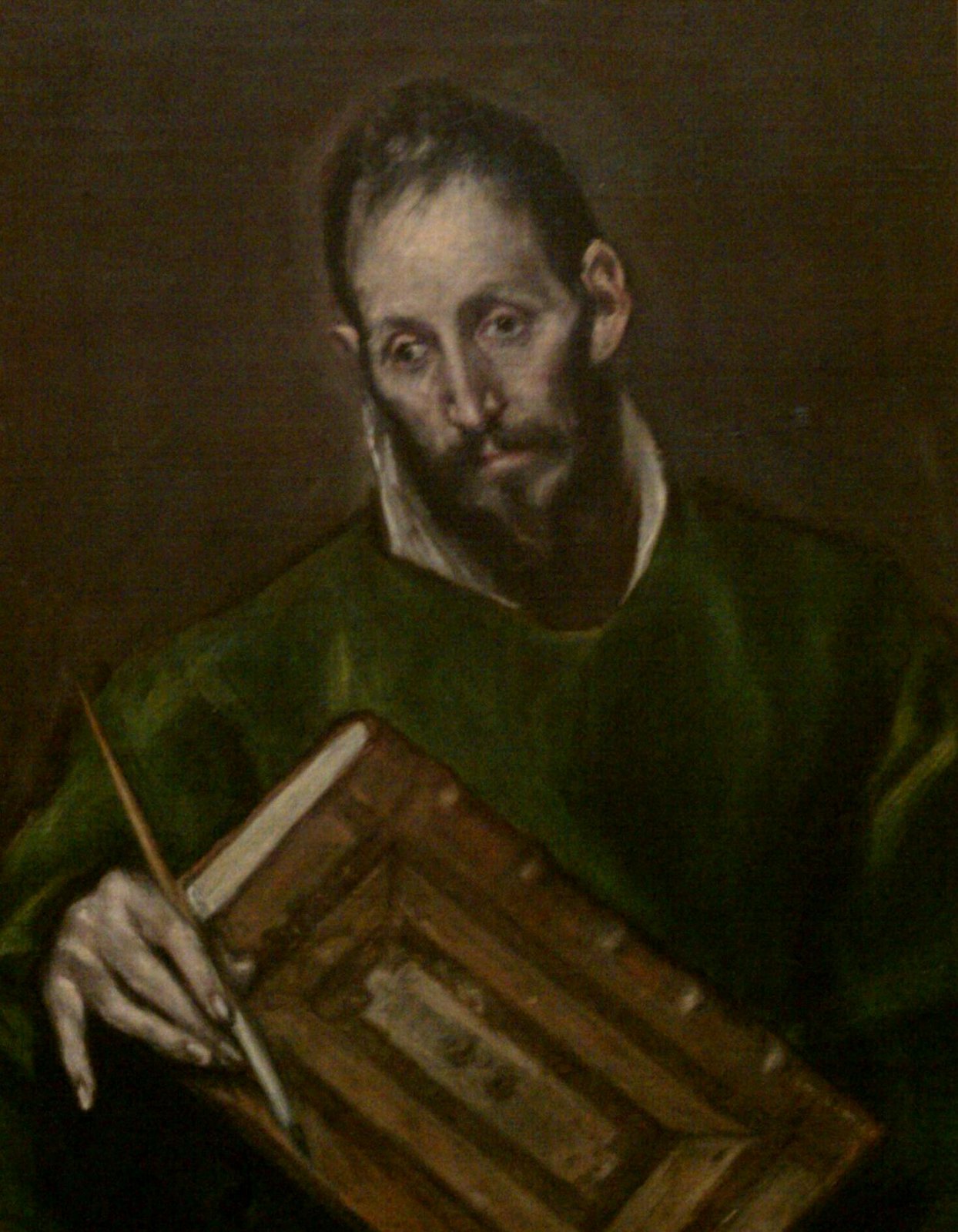To commemorate the 400th anniversary of the death of El Greco (Domenikos Theotokopoulos, 1541–1614), a special collaboration will bring together all of the artist’s paintings in The Metropolitan Museum of Art’s collection, the finest outside the Museo del Prado in Madrid, and six loans from the Hispanic Society of America, November 4, 2014–February 1, 2015.
During the same period, New York’s Frick Collection, whose works by this artist cannot be lent, will exhibit its three El Greco pictures together for the first time. El Greco at The Frick Collection, on view November 4, 2014, through February 1, 2015, will unite its three remarkable El Greco paintings—Purification of the Temple and the portraits of Vincenzo Anastagi and St. Jerome—showing them together, for the first time, on one wall of the museum’s East Gallery.
Works on View at The Frick Collection:
Saint Jerome (1905.1.67)
Portrait of Vincenzo Anastagi (1913.1.68)
Purification of the Temple (1909.1.66)
On view at the Metropolitan Museum beginning November 4, 2014, El Greco in New York will be, in effect, a mini-retrospective of the artist, with the nine paintings from the Metropolitan Museum and six from the Hispanic Society of America spanning El Greco’s entire career, from his arrival in Venice in 1567, through his move to Rome in 1570 and his long residence in Toledo, Spain, from 1577 until his death in 1614.
On view at the Metropolitan Museum beginning November 4, 2014, El Greco in New York will be, in effect, a mini-retrospective of the artist, with the nine paintings from the Metropolitan Museum and six from the Hispanic Society of America spanning El Greco’s entire career, from his arrival in Venice in 1567, through his move to Rome in 1570 and his long residence in Toledo, Spain, from 1577 until his death in 1614.
El Greco’s religious paintings, portraits, and The View of Toledo, a masterpiece of the Metropolitan Museum’s collection, will make this presentation a unique experience. Few Old Master painters have exercised such a profound influence on modern art as has El Greco, one of the most original artists of the European tradition.
Exhibition Credits
El Greco in New York is organized by Keith Christiansen, John Pope-Hennessy Chairman of the Department of European Paintings, and Walter Liedtke, Curator in the Department of European Paintings, both at the Metropolitan Museum.
Works on View at The Metropolitan Museum of Art in El Greco in New York:
The Miracle of Christ Healing the Blind (1978.416)
Christ Carrying the Cross (1975.1.145)
The View of Toledo (29.100.6)
Portrait of a Man (possibly a self-portrait) (24.197.1)
Saint Jerome as a Cardinal (1975.1.146)
Portrait of a Cardinal, Probably Cardinal Don Fernando Niño de Guevara (29.100.5)
The Adoration of the Shepherds (05.42)
The Adoration of the Shepherds (41.190.17)
The Vision of Saint John (56.48)
The Pietà (Hispanic Society of America no. A69)

Saint Luke (Hispanic Society of America no. A1894)
The Holy Family (Hispanic Society of America no. A74)
Penitent Saint Jerome (Hispanic Society of America no. A73)
Portrait of a Man (miniature: Hispanic Society of America no. A311)
Comments
Post a Comment